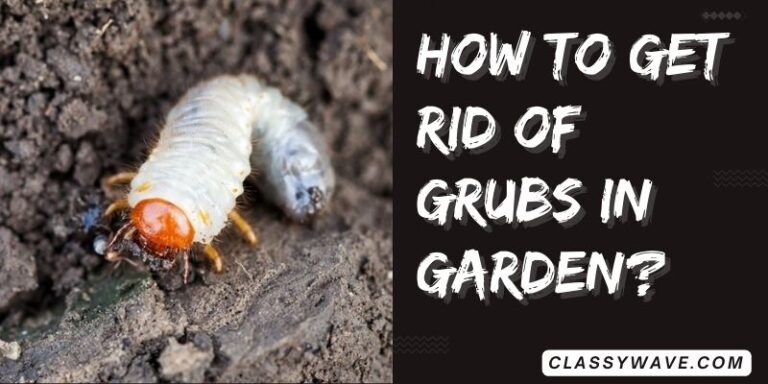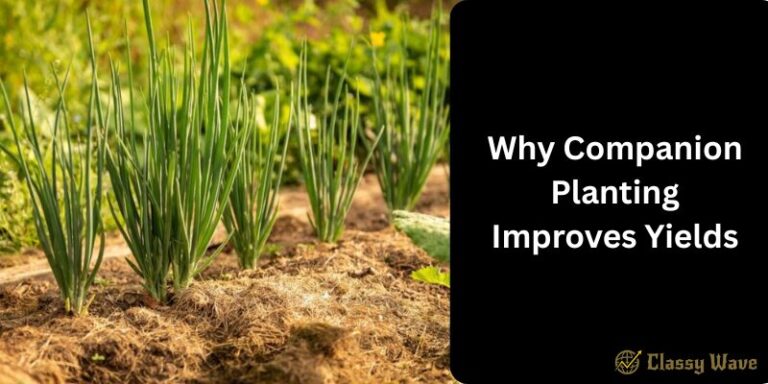Why Pruning Helps Plant Growth | Classy Wave
Ever wondered why gardeners are so particular about pruning? It’s not just about keeping your garden neat — pruning is one of the most essential steps for encouraging strong and healthy plant growth. When done right, it helps plants grow faster, bloom better, and stay disease-free.
Let’s explore why pruning helps plant growth and how you can use this simple gardening technique to make your plants thrive.
What Is Pruning?
Pruning is the process of selectively cutting away dead, diseased, or overgrown parts of a plant — such as branches, stems, or leaves. It’s like giving your plant a fresh haircut, allowing it to grow back stronger and healthier.
How Pruning Encourages Plant Growth
1. Promotes New Growth
When you prune a plant, it stimulates new shoots and branches to grow. Removing old or weak stems redirects energy to healthy parts of the plant, leading to fuller and more vigorous growth.
2. Improves Air Circulation
Overgrown plants often block airflow between leaves and stems, creating a humid environment that attracts pests and diseases. Pruning opens up the plant structure, allowing better air circulation and reducing the risk of fungal infections.
3. Increases Sunlight Exposure
Sunlight is vital for photosynthesis. When plants become too dense, lower leaves may not receive enough light. Pruning removes unnecessary branches so that sunlight can reach all parts of the plant evenly, improving overall health.
4. Directs Plant Energy Efficiently
Every leaf and stem requires nutrients. By removing unnecessary parts, the plant can redirect energy and nutrients toward growing new leaves, flowers, and fruits instead of maintaining dead or weak areas.
5. Prevents Disease and Pest Problems
Dead or damaged branches are an open invitation for pests and diseases. Regular pruning removes these vulnerable parts before they spread infections to the rest of the plant.
6. Enhances Flowering and Fruit Production
Pruning can encourage more blooms and fruits. For example, fruit trees and flowering shrubs often produce better yields after pruning because it stimulates new bud formation.
7. Shapes the Plant for Better Growth
Pruning helps shape the plant and control its size. It prevents plants from growing too tall or wide and maintains a balanced, aesthetically pleasing structure — especially important for ornamental gardens.
Best Time to Prune Plants
The ideal pruning time depends on the type of plant:
- Spring-flowering plants: Prune after they bloom.
- Summer-flowering plants: Prune in early spring before new growth starts.
- Fruit trees: Late winter or early spring is best.
Avoid pruning during extreme heat or cold, as this can stress the plant.
Tips for Effective Pruning
- Always use sharp, clean tools to prevent damage or infection.
- Cut at a 45-degree angle just above a leaf node or bud.
- Remove dead or diseased branches first.
- Avoid over-pruning — removing more than 25% of a plant at once can shock it.
Common Mistakes to Avoid
- Pruning too much: This can stunt growth.
- Ignoring timing: Pruning at the wrong season may reduce blooming.
- Using dirty tools: Can spread plant diseases.
Conclusion
Pruning is more than just cutting branches — it’s a vital part of plant care. It boosts growth, improves air and light flow, prevents disease, and shapes your plants beautifully. Think of it as helping your plants focus their energy where it matters most.
If you want thriving, lush, and productive plants, make pruning a regular part of your gardening routine.







